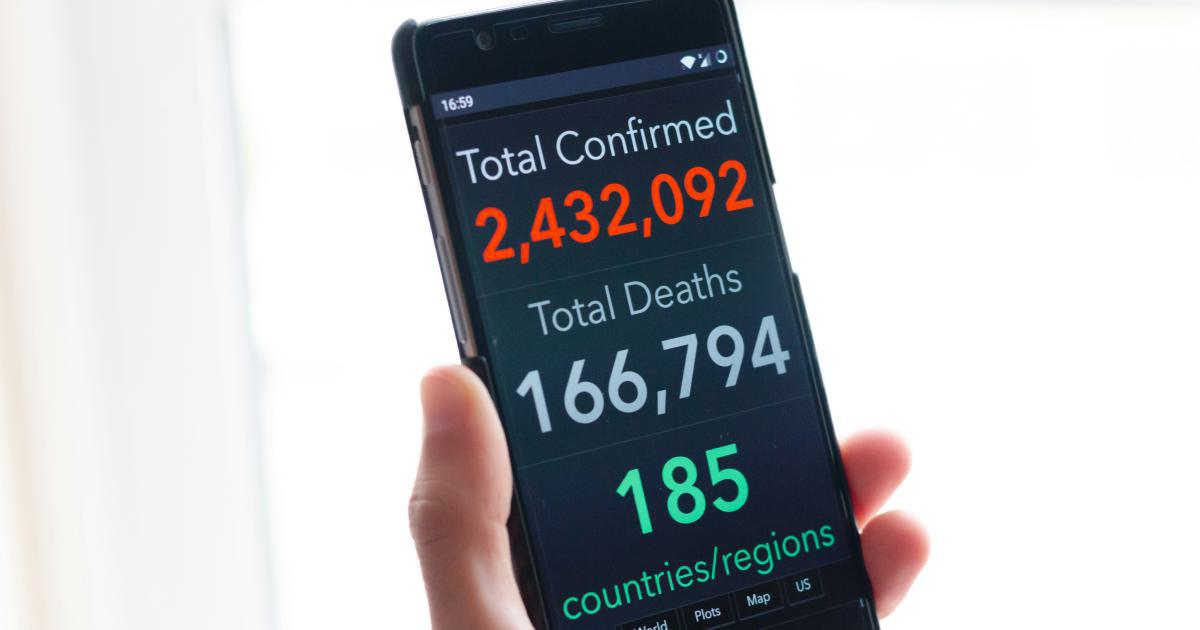The Ultimate Guide to Developing a Buyer Persona


Understanding the Importance of Buyer Personas
Developing a comprehensive buyer persona is a crucial step in any successful marketing or sales strategy. A buyer persona is a detailed, semi-fictional representation of your ideal customer, based on market research and real data about your existing customers. By creating a buyer persona, you can gain a deeper understanding of your target audience, their pain points, motivations, and behaviors, ultimately allowing you to tailor your products, services, and marketing efforts to better meet their needs.

In today's highly competitive and cluttered marketplace, standing out from the crowd requires a laser-focused approach to reach and engage your target audience. A well-crafted buyer persona can serve as a guiding light, helping you make informed decisions about everything from product development to content creation and customer service. By aligning your entire organization around a common understanding of your ideal customer, you can optimize your resources, improve your marketing effectiveness, and drive sustainable business growth.
The Benefits of Developing Buyer Personas
Implementing a buyer persona strategy can provide numerous benefits for your business, including:
Improved Targeting and Personalization: By deeply understanding your target audience's preferences, pain points, and behaviors, you can create more personalized and relevant marketing messages, products, and services that resonate with them.
Increased Marketing Efficiency: Buyer personas help you focus your marketing efforts on the right channels, content, and messaging, leading to higher engagement, conversion rates, and a better return on your marketing investments.
Enhanced Product Development: Incorporating buyer persona insights into your product development process can help you create offerings that better meet the needs and expectations of your target customers.
Stronger Customer Relationships: When you truly understand your customers, you can anticipate their needs, provide exceptional service, and build long-lasting, mutually beneficial relationships.
Informed Business Decisions: Buyer personas can inform a wide range of business decisions, from strategic planning to resource allocation, ensuring that your initiatives are aligned with the needs and preferences of your target audience.
The Anatomy of a Buyer Persona
Developing a comprehensive buyer persona involves gathering and synthesizing a variety of data points that paint a detailed picture of your ideal customer. While the specific elements of a buyer persona may vary depending on your industry and business goals, a typical buyer persona often includes the following key components:

Demographic Information: Age, gender, income, education level, occupation, and other relevant demographic characteristics.
Psychographic Factors: Values, interests, hobbies, pain points, goals, and decision-making factors.
Behavioral Patterns: Purchasing behaviors, content consumption habits, communication preferences, and channel interactions.
Challenges and Obstacles: The problems, frustrations, and barriers your target customers face that your product or service can help solve.
Motivations and Triggers: The factors that drive your customers to seek out and purchase your offerings, such as cost savings, improved efficiency, or enhanced personal or professional outcomes.
Customer Journey: The steps your customers take from initial awareness to final purchase and beyond, including touchpoints, interactions, and decision-making processes.
By compiling this comprehensive information, you can create a detailed profile of your ideal customer that goes far beyond simple demographic data, enabling you to make more informed and strategic business decisions.
Conducting Buyer Persona Research
Developing a buyer persona is not a one-time exercise; it requires an ongoing process of research, data collection, and refinement. To create a buyer persona that accurately reflects your target audience, you'll need to gather information from a variety of sources, including:
Existing Customer Data
Start by examining the data you already have on your current customers. This may include information from your customer relationship management (CRM) system, website analytics, social media engagement, and any other sources that provide insights into your customer base. Look for patterns, trends, and common characteristics that can help you identify your ideal customer profile.

Customer Interviews and Surveys
Direct feedback from your customers is an invaluable source of information for building buyer personas. Conduct in-depth interviews, either in person or via video conference, to gain a deeper understanding of your customers' motivations, pain points, and decision-making processes. Supplement these interviews with online surveys that reach a broader audience and gather quantitative data to support your qualitative findings.
Competitor Analysis
Studying your competitors and their target audiences can provide valuable insights into the market landscape and help you identify opportunities to differentiate your offering. Analyze your competitors' marketing materials, customer reviews, and social media presence to understand how they position their products or services and who their ideal customers are.

Industry Research
Stay up-to-date on the latest trends, challenges, and consumer behaviors within your industry by regularly reviewing industry reports, market research, and thought leadership content. This broader perspective can help you understand the larger context in which your customers operate and how their needs and preferences may evolve over time.
Empathic Observation
Conducting observational research, such as visiting your customers in their natural environments or shadowing them during their daily routines, can provide a deeper, more nuanced understanding of their behaviors, pain points, and decision-making processes. This empathic approach can uncover insights that may not be captured through other research methods.

By combining data from multiple sources, you can create a comprehensive and well-rounded buyer persona that accurately reflects your target audience.
Crafting Your Buyer Persona
With the research phase complete, it's time to synthesize the information and craft a detailed buyer persona. This process involves organizing and distilling the data you've gathered into a cohesive, actionable profile. Here are the key steps to follow:
Define Your Persona's Core Characteristics
Begin by identifying the most essential characteristics of your ideal customer, such as their demographic information, job title, industry, and geographic location. These core details will serve as the foundation for your buyer persona.

Describe Their Behaviors and Preferences
Dive deeper into your customers' behaviors, including their content consumption habits, communication preferences, and decision-making process. This information will help you understand how and where to effectively reach and engage with your target audience.
Outline Their Challenges and Pain Points
Identify the primary challenges, frustrations, and obstacles your customers face that your product or service can help alleviate. Understanding these pain points is crucial for crafting messaging and solutions that resonate with your target audience.

Highlight Their Goals and Motivations
Understand what drives your customers to seek out solutions like yours. What are their personal and professional goals, and how can your offerings help them achieve those objectives? Knowing their motivations will enable you to position your products or services in a way that resonates with their needs.
Personify Your Buyer Persona
To bring your buyer persona to life, consider giving it a name, age, and even a photo (or illustration) that represents your ideal customer. This humanization can help your team better empathize with and relate to the persona, making it easier to tailor your marketing and sales efforts accordingly.

Document and Refine Your Buyer Persona
Compile all the research and insights you've gathered into a comprehensive buyer persona profile, ensuring that it is clear, concise, and easily accessible to your entire organization. Remember that buyer personas are not static; they should be regularly updated and refined as your target audience evolves and your business grows.
Leveraging Your Buyer Persona
Once you've developed a detailed buyer persona, it's time to put it to work by integrating it into various aspects of your business. Here are some ways you can leverage your buyer persona to drive strategic and tactical decisions:
Content Creation and Marketing
Use your buyer persona to inform the creation of targeted, relevant content that addresses your customers' pain points and speaks directly to their needs and preferences. This could include blog posts, social media updates, email campaigns, and other marketing materials.

Product Development and Optimization
Incorporate buyer persona insights into your product development process to ensure that your offerings are designed to meet the specific needs and expectations of your target customers. This can also help you identify opportunities for product enhancements or new product development.
Sales and Customer Service
Equip your sales and customer service teams with your buyer persona information, empowering them to have more personalized and effective conversations with your customers. By understanding their motivations and pain points, your customer-facing teams can better anticipate and address their needs.

Website and User Experience
Optimize your website's design, navigation, and content to align with the preferences and behaviors of your buyer persona. This can include tailoring the user experience, improving information architecture, and enhancing the overall aesthetic to better resonate with your target audience.
Advertising and Promotions
Use your buyer persona to precisely target and segment your advertising and promotional campaigns, ensuring that your messages reach the right people through the most effective channels. This can lead to higher engagement, conversion rates, and a better return on your marketing investments.

Strategic Planning and Decision-Making
Integrate your buyer persona insights into your overall business strategy, from long-term planning to day-to-day operational decisions. By keeping your target audience at the forefront, you can better align your resources, priorities, and initiatives with the needs of your customers.
Remember, the key to effectively leveraging your buyer persona is to ensure that it is continuously updated, shared, and applied across all facets of your organization. By making your buyer persona a central component of your business, you can drive sustainable growth, improve customer satisfaction, and maintain a competitive edge in your market.
Conclusion
Developing a comprehensive buyer persona is a crucial step in any successful marketing and sales strategy. By deeply understanding your target audience's demographics, behaviors, pain points, and motivations, you can create personalized, relevant, and effective products, services, and marketing initiatives that resonate with your ideal customers.

Investing the time and resources to conduct thorough buyer persona research and maintain an up-to-date profile of your target audience can yield significant dividends for your business, from improved marketing efficiency and customer retention to enhanced product development and strategic decision-making. By keeping your buyer persona at the heart of your organization, you can navigate the increasingly competitive and dynamic landscape of today's marketplace and achieve sustainable, long-term growth.